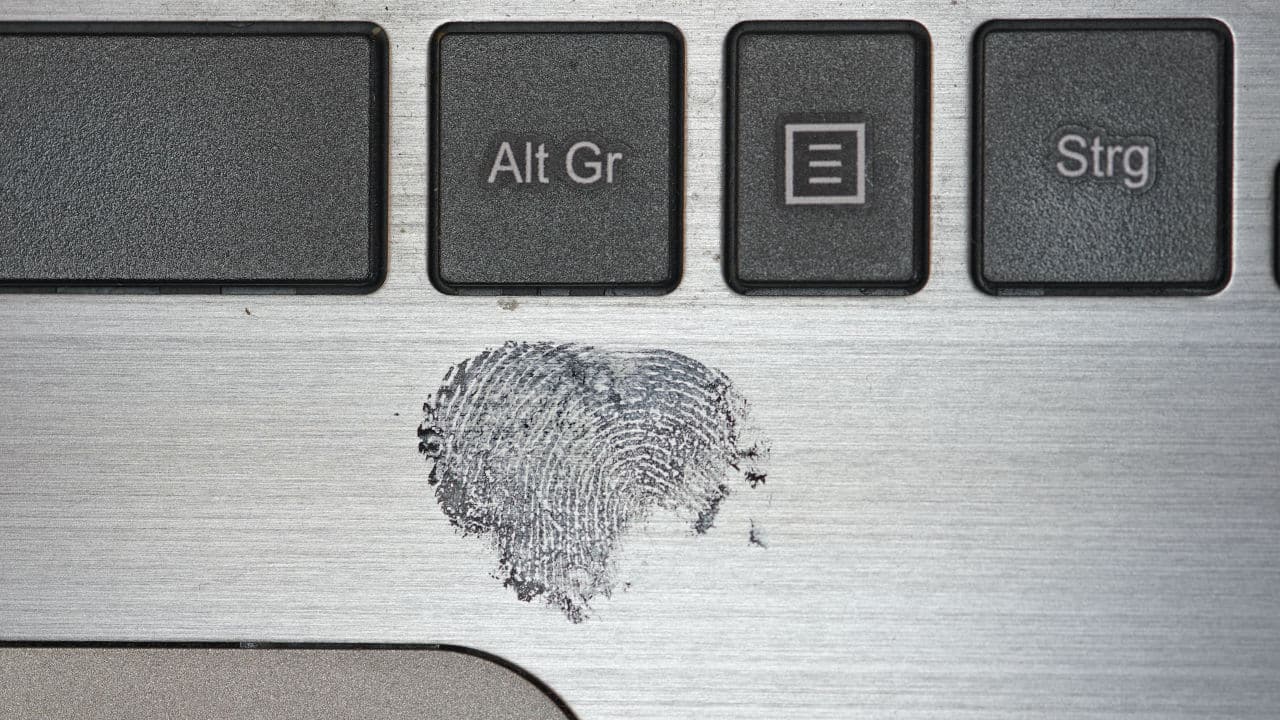Science and technology have increasingly developed in the past decades. It has found its way into medicine, commerce, education, and governance. Even though traditional methods and customs have guided the field of law, technology has managed to scale this barrier and assist tremendously. One of the impacts of science and technology in the field of law is the use of digital forensics in the courtroom.
What is Digital Forensics?
According to an article by Interpol titled Digital Forensics, “digital forensics is a branch of forensic science that focuses on identifying, acquiring, processing, analyzing, and reporting on data stored electronically.” To further dissect this, it was stated that “electronic evidence is a component of almost all criminal activities and digital forensics support is crucial for law enforcement investigations.”
In the landmark case of Daubert v. Merrell Dow Pharms, Inc., a congenital disability caused in two children was alleged to have been caused by the ingestion of Bendectin, which the respondent prescribed to the mothers of the children. In that case, both the plaintiff and the respondent used the help of several expert witnesses to prove their diverging points.
As established by this case, in determining the effect of digital forensics on a case, the following factors must be considered:
- The scientific procedure or result reached must be of accepted usage in the field of science.
- The error rate of that procedure or result must have been considered.
- The standard procedure used for such findings or discovery must have been used.
- There must have been independent testing of this procedure before the result was reached.
- The procedure and result must have been subjected to peer review by professionals.

How Digital Forensics Help With Court Cases
Ultimately, digital forensics helps in deciding court cases by its ability to erase obscurity and bring credible evidence to the surface.
Garrie (2014), in his article, Digital Forensic Evidence in the Courtroom: Understanding Content and Quality, stated that “in cases where information is hidden, erased, or otherwise altered, digital forensic analysis is necessary to draw further conclusions about the available evidence.”
All cases cannot be clear. Some will be obscured in mystery. Mystery belongs in movies and not a courtroom. The court of law cannot attain justice if a case is not as clear as needed. Therefore, the use of digital forensics becomes inevitable.
In digital forensics, essential procedures laid down by court rule and judicial precedent must be followed.
When displaying digital forensics, the digital investigators should take the roles of expert witnesses in the case and run through the essential aspects of the case in the light of their findings. Mugisha (2019), in his article, Digital Forensics: Digital Evidence in Judicial System, explained that “displaying digital evidence with tools used to examine and analyze it can help clarify details and provide context, taking some of the weight of explaining off the digital investigator.”
Digital forensics is fast becoming popular in criminal and civil law cases. Digital evidence has grown to be accepted in courts as long as the proper procedures are followed.
Kenneally (2008), in her article, Electronic Evidence and Digital Forensics Testimony in Court, published in the Handbook of Digital and Multimedia Forensic Evidence, stated that “digital evidence is significant because it is increasingly relied upon by trial lawyers to represent facts and to prove transactions.”
Thus, getting the best out of accepted technology is commendable, especially one that provides in-depth solutions in law and criminal investigation like digital forensic.
Conclusively, digital forensics is a sure game changer only if done according to specified and accepted procedures. The help of digital investigating experts must be used to correctly depict the facts of a case and win the case. The services of an excellent forensic animation company can be employed to illustrate the findings of the forensic evidence in a bid to promote justice.






